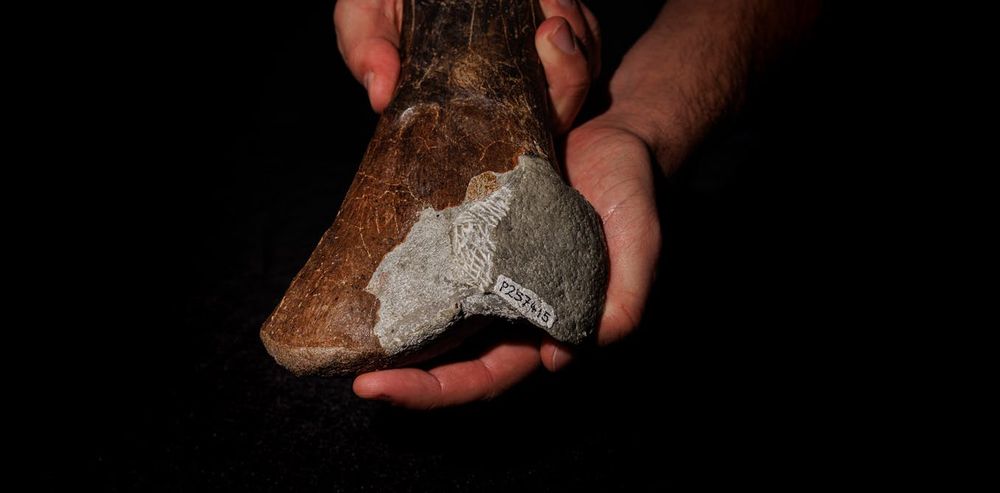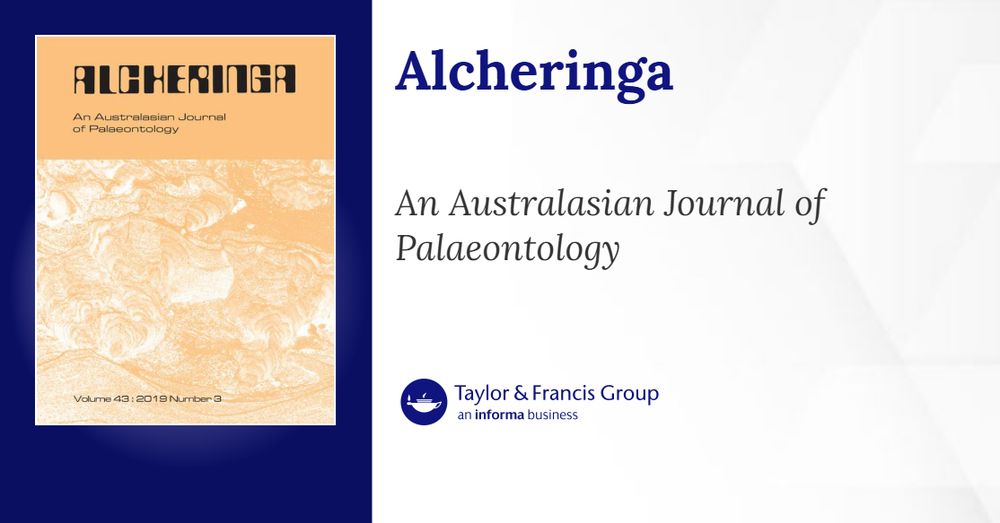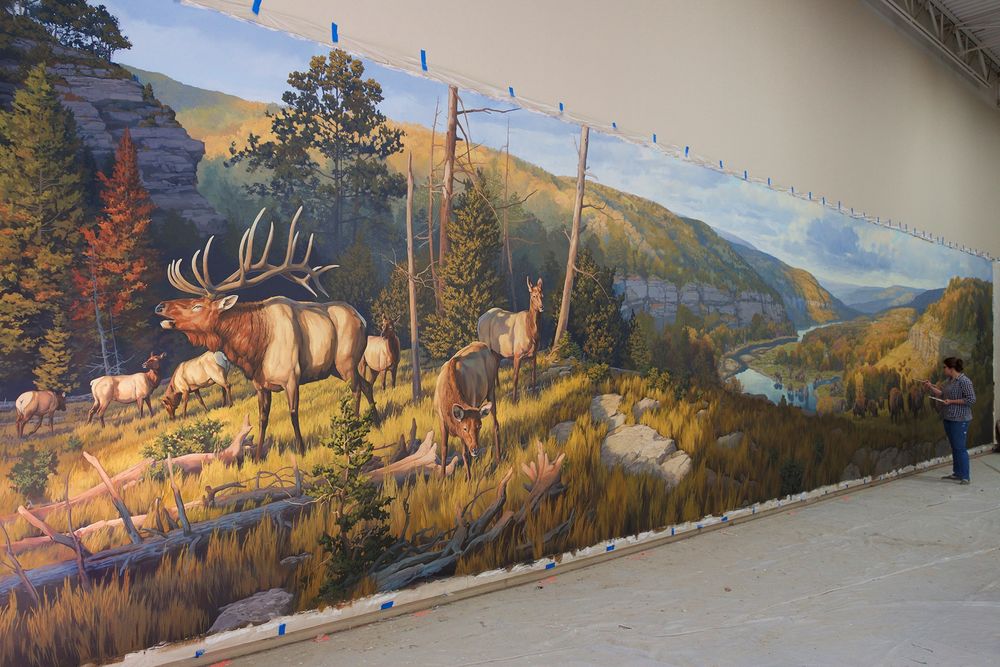Erich Fitzgerald
@palaeowhales.bsky.social
220 followers
140 following
9 posts
Vertebrate palaeontologist at Museums Victoria: marine vertebrate evolution and a bit of Triceratops
Posts
Media
Videos
Starter Packs
Reposted by Erich Fitzgerald
Reposted by Erich Fitzgerald
Toothy Grin
@toothygrinart.bsky.social
· Feb 19
Reposted by Erich Fitzgerald
Reposted by Erich Fitzgerald
Reposted by Erich Fitzgerald
Reposted by Erich Fitzgerald
Reposted by Erich Fitzgerald
Reposted by Erich Fitzgerald





















